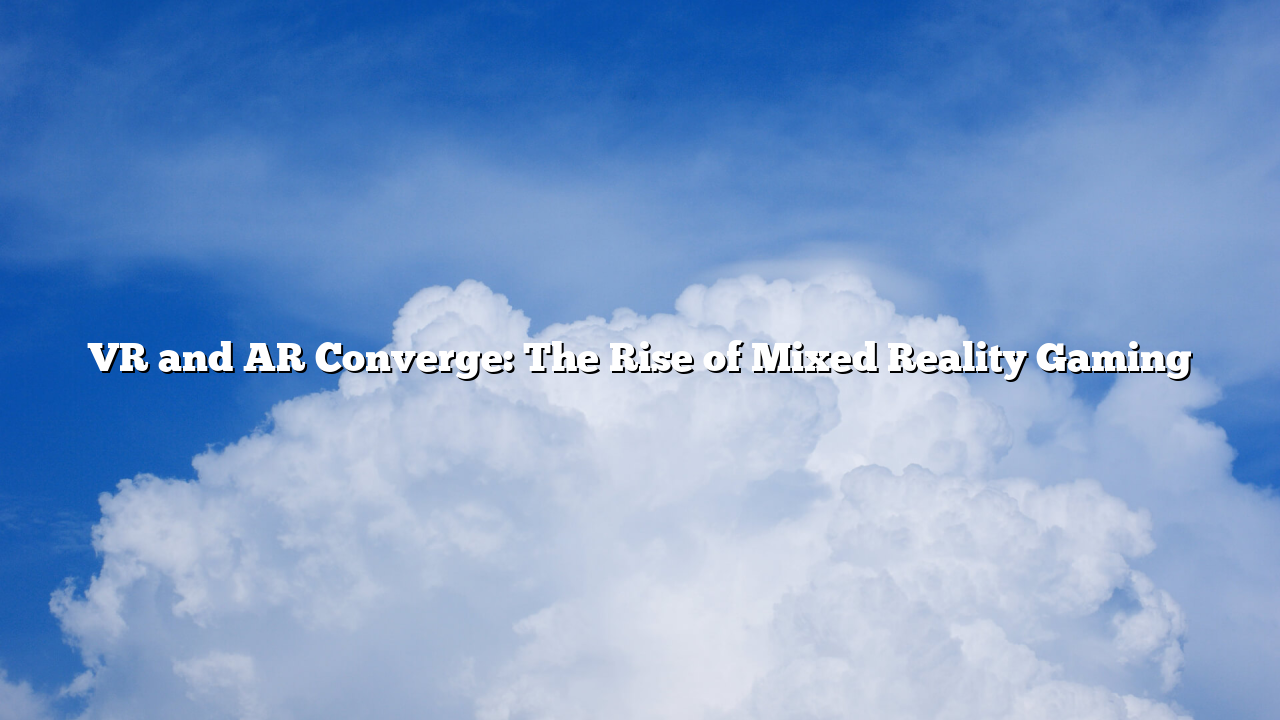The streaming wars have entered a new phase — and this time, it’s all about games. Cloud gaming, once dismissed as a novelty, has matured into one of the most competitive sectors in entertainment. In 2025, tech giants are fighting for dominance over a market OTPKLIK projected to reach $18 billion by 2026.
Microsoft’s Xbox Cloud Gaming remains the leader, boasting over 50 million active subscribers through Game Pass Ultimate. Its success lies in accessibility: play anywhere, on any device, with no downloads required. Close behind, Nvidia’s GeForce NOW appeals to hardcore gamers with ultra-low latency and full Steam library integration.
Netflix, once an entertainment-only platform, now offers more than 150 interactive titles under its gaming division. Its seamless integration with existing subscriptions has attracted millions of casual users. Meanwhile, Amazon Luna continues to expand via partnerships with local ISPs in India and Latin America.
The race is intensifying in emerging markets. Indonesia, Brazil, and India have become critical battlegrounds where mobile-first consumers are skipping consoles entirely. Telecom companies are launching cloud bundles that merge gaming, streaming, and 5G data into one subscription.
Despite technical progress, latency and bandwidth costs remain persistent challenges, especially in regions with unstable internet infrastructure. But with AI-driven compression and edge computing advances, the gap between local and cloud play is narrowing fast.
As the industry shifts from hardware to service ecosystems, players are realizing they no longer need expensive consoles to experience AAA gaming. The future belongs to whoever can deliver instant, seamless, global access — anytime, anywhere.
